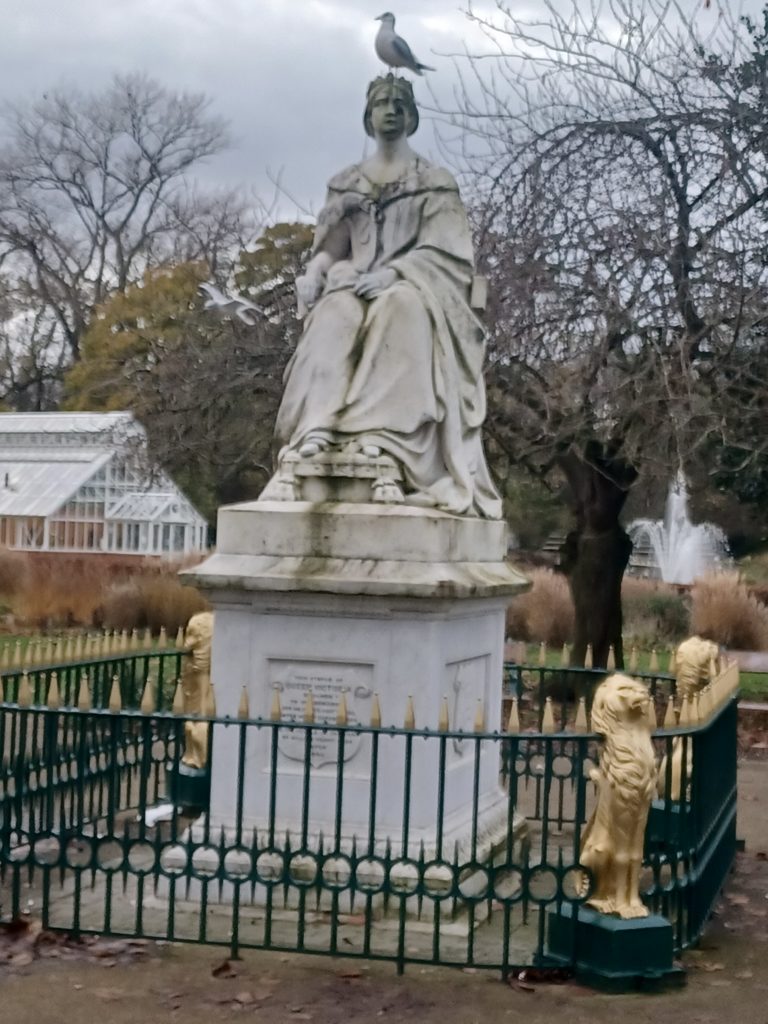
One can only suggest possible reasons why the status of the Queen was so celebrated in the 19th century. One factor may well be that the Hanoverian succession had never been ‘popular’, their accession at the end of Anne’s reign being a result of Anne having no surviving children (despite being pregnant for most of her life) and they ensuring the Protestant Succession. That said, George III (on his death in 1820 being then Britain’s longest reigning monarch) had been well respected as genuinely interested in England’s welfare and displaying stable family values. Also, Victoria had lots of children, one after another, so there was unlikely to be problems with succession. It was a coincidence of History that Victoria’s reign coincided with Britain’s rise in world status as the first nation to experience an Industrial Revolution and become, until the 1880s at least, the ‘richest nation on Earth’. Perhaps, resting somewhere in the Renaissance mind, was the remembering that Victoria had been the goddess of ‘victory’; a mindset that must have appealed to those who saw only virtue in the expansion of the British Empire, and this without any large scale conflicts (Afghan, Opium and Boer being exceptions, the last resulting in a number of municipal war memorials including the one in Kingston upon Hull). The fact that Victoria was declared Empress of India in the 1860s has not, as yet, resulted in the defacing of regal statues by anti-colonial zealots.
Kingston upon Hull’s two well known statues of Queen Victoria, Pearson Park and Victoria Square, survive. The one in Pearson Park, unveiled in 1862 to commemorate the Queen’s visit to Kingston upon Hull in the mid 1850s, was given the facial features of a young woman (she was nearly 40), whereas, the statue of the 1890s in Victoria Square recognises her advanced years, although she is shown in a very vigorous pose.
(to be continued).